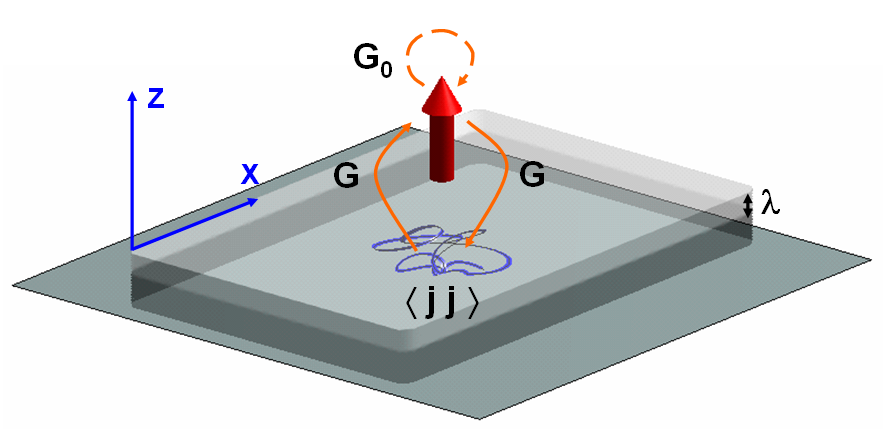With the advent of microfabricated structures (atom chips) that enable one to confine small numbers of neutral atoms near dielectric surfaces, we are able to study atom-surface interactions in great detail. The effects we investigate range from thermally induced spin flips [1] to spatial decoherence [2] and Casimir-Polder forces. More recently, we are beginning to understand effects of electromagnetic absorption in superconducting surfaces on coherence properties of atomic samples [3,4], and we will explore their potential use in high-precision measurements. Recently, we found evidence of directional spontaneous emission of atoms near a nanofiber [5].
[1] P.K.Rekdal, S.Scheel, P.L.Knight, and E.A.Hinds, Thermal spin flips in atom chips, Phys. Rev. A 70, 013811 (2004)
[2] S.Scheel, P.K.Rekdal, P.L.Knight, and E.A.Hinds, Atomic spin decoherence near conducting and superconducting films, Phys. Rev. A 72, 042901 (2005)
[3] U.Hohenester, A.Eiguren, S.Scheel, and E.A.Hinds, Spin-flip lifetimes in superconducting atom chips: Bardeen--Cooper--Schrieffer versus Eliashberg theory, Phys. Rev. A 76, 033618 (2007)
[4] B.Kasch et al., Cold atoms near superconductors: atomic spin coherence beyond the Johnson noise limit, New J. Phys. 12, 065024 (2010)
[5] S. Scheel, S.Y. Buhmann, C. Clausen, and P. Schneeweiss, Directional spontaneous emission and lateral Casimir-Polder force on an atom close to a nanofiber, Phys. Rev. A 91, 052707 (2015)

